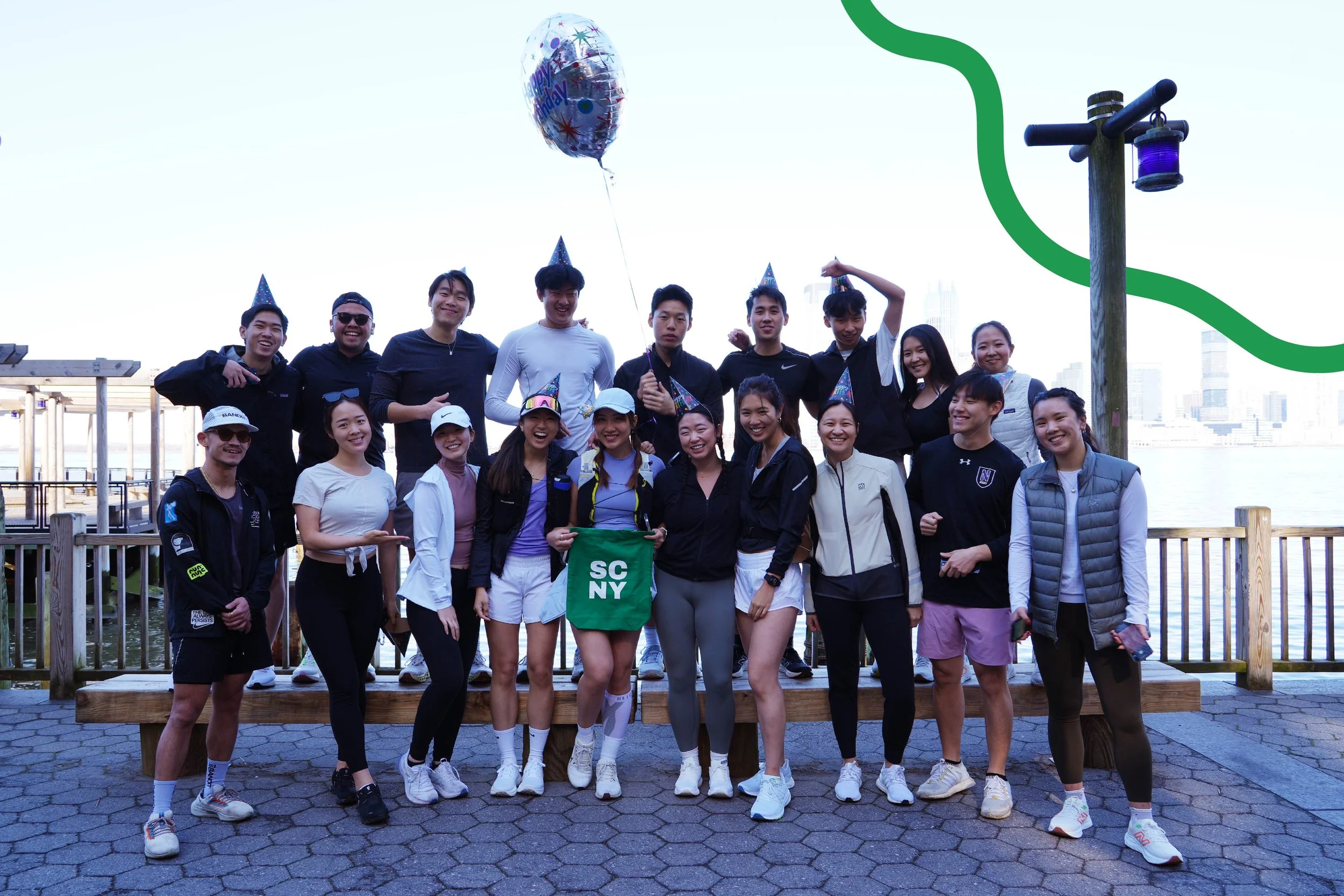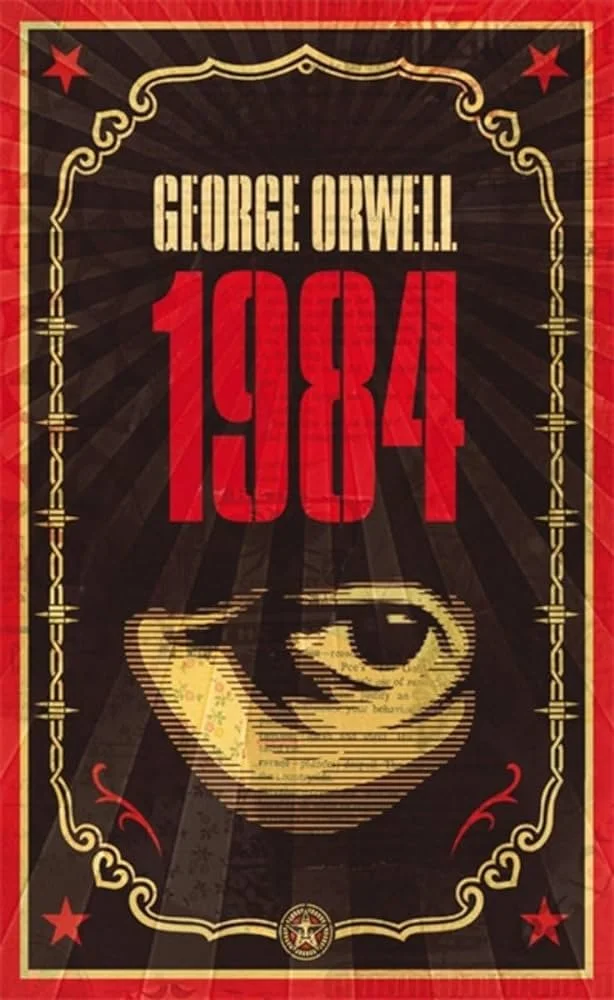Of Bytes and Bans: A Guide to Navigating Social Media in America
As the US government mobilizes to deport Chinese-owned social media platform TikTok beyond the American borders of the Internet , another notch is added to the ledger of vicious clashes between state control of popular media and individual liberty. Amidst escalating geopolitical tensions and evolving national interests, which social media platforms will thrive, and which will fall, as they vie to be in the favor of netizens and global superpowers? In this article we speculate on the indivisibility of social media and contemporary life, and TikTok’s possible successor, as American content creators scramble to stay afloat on a tipping virtual iceberg.
Most American schoolchildren will read George Orwell’s classic of dystopian literature, 1984, and encounter the harrowing interrogation of its protagonist, Winston Smith, who, at the brink of self-erasure, utters in a flash of profound lucidity a fundamental truth so potent it is one of the novel’s most-cited lines.
“Perhaps one did not want to be loved so much as to be understood”.
1984 by George Orwell
The Image was created by https://www.amazon.ca/Nineteen-Eighty-Four-George-Orwell/Winston Smith from 1984
The Image was created by https://burnsfilmcenter.org/Winston’s realization may be interpreted as the fluttering-white handkerchief of his capitulation to the authoritarian Party and abandonment of his mutinous romance, but it seems to echo beyond the context of the story and excavate a certain subtlety at the heart of the human experience, a rupture that is the final frontier between the forces of absolute state power and individual will in the novel and perhaps, to a diminished degree, in our own reality.
When the state has cornered all other facets of life within its borders, the grounds of confrontation shift to the immaterial. The fight is over control of the determinants of personal identity. The spoils: thought, memory and language. It is an instinct as rudimentary as eating, sleeping, fighting and bonding, this strange preoccupation of ours with self-presentation. For as long as we have existed, humans have tinkered with markers of appearance and identity in order to communicate autonomy, belonging, difference and various beliefs, or to cross thresholds between the mundane and divine realms. To “know thyself”, as inscribed on the Temple of Apollo since Ancient Greece, is an existential call that has always haunted the margins of human existence; a call, if the current proliferation of self-help books and motivational speakers are of any indication, that our epoch has taken up with great enthusiasm.
Call it a gift or a curse, self-knowledge is a paradoxical effort. How ironic that we must move away in order to move towards ourselves; rely on something outside of us to show us who we are. Floundering, we’ve invented art, God, literature, music, monarchs, despots and popular heroes. We can’t help but express an opinion on a tv show, a stranger’s sartorial choices or the quality of produce at a market. We can’t hold back from feeling moved by the color of light or the music in the laughter of loved ones. And we hope– each of us, quietly and unrelentingly– that one day we will have gathered enough of these preferences, choices and impressions, a palimpsest of traces in wind-swept sands, and they’ll slot together like puzzle pieces into a gestalt view that will finally, definitively, tell us who we are.
That’s the siren song of social media, that’s why we’re addicted to our phones. Feeds of information, inventories of likes and shares, the multiplicity of narratives and virtual personas: social media proffers a clear and qualifiable answer to the crisis of self-knowledge as a reward for engagement, even as it leaves us more disoriented and alienated from lived experience than ever before.
However, theorists like Donna Haraway have argued for the emancipatory possibilities of a modular digital subjectivity, as the disappearance of the body from online identity has the power to demonstrate that social norms based on physical appearance are constructs, rather than immutable fact. All the features of identity customization on digital platforms create a sense of freedom and play as we formulate limitless versions of ourselves, untethered from their origin, out of matrixes of information. As seen from the lucrative careers of successful influencers and content creators, the Internet provides an avenue of social mobility and professional opportunity that has failed to materialize from the false phantom of American meritocracy in other domains of social life.
To detractors who claim that social media severs users from the real world with catastrophic individual and societal consequences, Nathan Jurgenson, author of “The Social Photo” and quoted in Kate Eichorn’s New Yorker article, “The End of Forgetting: Growing Up With Social Media”, rebuts: “To document is to be involved with our own experience instead of passively letting it float by.” So now, with our added ability to capture, transform, share and discuss with others the raw material of life on public platforms, perhaps we are more deeply engaged with reality than ever before.
Though social media is a virtual space, it is not removed from reality, because its users can not be either. If Rachel Corrie was willing to take her final stand in front of an Israeli bulldozer in Rafah in 2003, and Aaron Bushnell willing to live-stream his self-immolation in front of the Israeli embassy in Washington, DC twenty years later, each in protest of Palestinian genocide, then social media is not unequivocally estranging young people from the real world, but channeling their power to mobilize, change and disrupt the status quo in unpredictable and unregulated ways. Beyond fears of Chinese interference, it is social media’s capacity to disseminate information and incite regular people to action that has governments scrambling to regain control over the collective consciousness.
To sum up, social media is as indelible as the war machine. According to a recent Forbes article, 84% of people aged 18 to 29 actively use at least one social media site and the most popular app among the younger demographic, TikTok, owned by Beijing-based company ByteDance, outperformed its rivals in revenue in the fourth quarter of 2022. Many of the platform’s users have found unparalleled success in reaching new audiences and amplifying engagement thanks to a unique content curation algorithm. The question is, as a bill to ban TikTok receives expedited passage through the branches of the US legislature, will the platform be ousted in a US-backed coup? Which social media platforms will thrive, and which will fall, in the wilderness of the virtual jungle?
LinkedIn, a business and employment-focused social networking site, is an unlikely candidate for the young masses that stand to be maligned by the moratorium on TikTok. The company has been hard at work outfitting the app with new features designed to foster a closer connection between the identity of the person behind the screen and their online avatar, and that my just appeal to TikTok content creators looking to set up shop in a professional virtual environment after suffering the potential loss of customers, sponsorships, commissions and community. Just to start with, LinkedIn will make the benefits of creator mode available to all users, provide a dedicated services section, increase the number of newsletters managed by an account to five, and offer custom buttons to premium users. Moreover, the site has integrated a sophisticated AI writing service and is due to release a short video format, reminiscent of Instagram reels, to the LinkedIn feed that is currently in testing on the standalone LinkedIn Learning app.
Though the question remains unanswered for now, one thing is certain in a time of geopolitical foment and spiraling instability: 1984 should remain required classroom reading for years to come.






